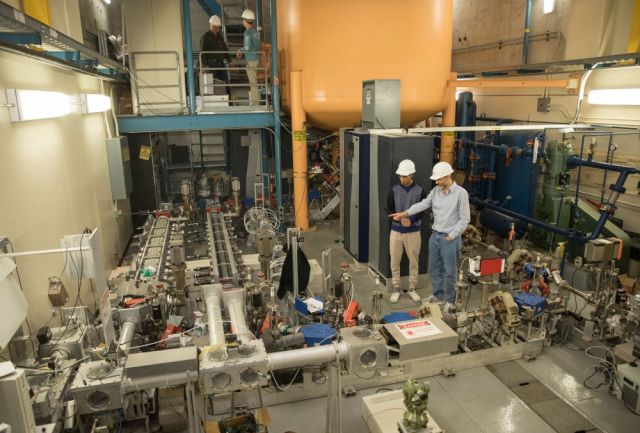BigMag@UCSB Workshop (May 17–19) Featured in the UCSB Current
A conference at UCSB will explore new possibilities in transformational science across disciplines.

A Magnetic Moment
A conference at UCSB will explore new possibilities in transformational science across disciplines
By Julie Cohen - UC Santa Barbara Current
(Santa Barbara, Calif.) — Already magnetic resonance imaging saves lives. Yet the world’s most advanced form of spectroscopy has yet to reach its full potential in nonmedical scientific advances.
A recent breakthrough in high magnetic field science now provides new possibilities for the advancement of magnetic resonance via high-field superconducting magnets that can tolerate much stronger magnetic fields. This high critical temperature superconductive product requires much less power and less space than conventional electromagnets, for the first time making science at very high magnetic fields possible outside huge facilities such as the National High Magnetic Field Laboratory (NHMFL) in Tallahassee, Florida
May 17 to 19, the campus will host “Big Mag @ UCSB,” a workshop intended to identify the transformational science that would be enabled by coupling a 32 Tesla superconducting magnet — about 1 million times stronger than the Earth’s magnetic field — to UCSB’s terahertz free-electron laser (FEL), the only facility of its kind in the U.S. The summit will convene scientists from around the world whose research would benefit from the creation of the proposed Magnetic Resonance eXploration (MRX) facility at UCSB, where potential uses range from studying conformational changes in proteins to creating and probing new phases of quantum matter.
“Bringing a very high-field superconducting magnet to UCSB to create the MRX facility would provide a unique opportunity to fulfill a national need and enable many experiments that cannot be done at the NHMFL,” said chemistry professor Songi Han, a member of the “Big Mag @ UCSB” program committee who has been working with Sherwin for more than a decade on filming proteins in action. “Accessing high-power pulsed magnetic resonance at magnetic fields up to 32 Tesla coupled with frequencies up to 4.5 terahertz will create a new frontier in high magnetic field science.”